As we wrap up melanoma awareness month this May with sunshine filled plans for the summer ahead, can we please, PLEASE stop with all the half truths and mis-information about the causes and prevention of melanoma?

Can we address how it’s NOT only due to UV exposure? How prevention requires much more than sunscreen? Can we please, PLEASE address its prevalence in adolescents and especially young adults? Can step beyond the obvious and dive into reality?
Perhaps it’s the journalist in me who believes in hard, cold facts. Perhaps it’s my lot as a grieving, ticked-off parent and melanoma prevention advocate but I have had it! Through social media, news coverage and advertising every May we are continually inundated with one prevention message; slather on the sunscreen and melanoma won’t find you. Actually, nothing is further from the truth! While exposure to the sun’s UVA/UVB rays is the MOST common cause of skin cancers and melanoma, it is NOT the ONLY cause.
Did you know genetics and hormonal changes related to hypothyroidism, pregnancy and puberty can prompt development of melanoma? Should you draw the unlucky gene or hormonal card, all the sunscreen in the world won’t stop the beast; but routine skin screenings can. If a problematic mole is removed at the very earliest stages there is a 98% chance of surviving past five years. But as the Melanoma Research Alliance reports should the melanoma reach a higher stage and spread internally through the body, the five year survival rate drops to less than 25%
Last I checked, all humans have skin. I’d say that’s well worth 15 minutes in a paper gown.
The Skin Cancer Foundation reports skin cancer is the most common cancer worldwide. It is also one of the most treatable cancers if it is detected early. So why is there such an orchestrated pushback against routine skin screenings in the United States whereas in countries such as Australia and New Zealand it is as routine as a dental appointment?
Perhaps because in the U.S., melanoma is not given its due among serious cancers.
Consider recommendations from the U.S. Preventive Services Task Force which every Spring, releases a report on the effectiveness and need of skin screenings for melanoma and other skin cancers. It’s important to note, the USPSTF, according to their website, is a collection of “16 nationally recognized experts in prevention, evidence-based medicine, and primary care. Their fields of practice and expertise include behavioral health, family medicine, geriatrics, internal medicine, pediatrics, obstetrics and gynecology, and nursing.” Note not one is a dermatologist. Not one. Additionally, physicians in primary care and these other specialties are not exposed to dermatology as part of routine medical training. Why does that matter? Because dermatologists are the only medical professionals trained in the early detection of melanoma and other skin cancers.
Last month, the USPSTF reinforced its earlier statement from 2016 finding inconclusive evidence as to whether or not skin screenings for those “without signs or symptoms” are effective for reducing complications or death from skin cancers or melanoma in adolescents and adults. The report concluded it was a wash; screenings could work or they could not. Without symptoms? Really? Let’s look at this a little closer. By the time those “signs or symptoms” are noticed by the naked eye of a patient, if even noticed at all, it most likely is a problem. Add to that a 3-4 month wait for an evaluation and biopsy and a patient could be looking at a full blown case of melanoma with risk of metastasis to other organs. If the same mole is detected in a routine screening, by a dermatologist trained in dermoscopy, the changes could be detected at the very earliest stage when it is 98% treatable, long before it has spread into the body. Yes, the patient will have a biopsy scar, but most likely no additional surgeries, drug therapies or negative impact on their life.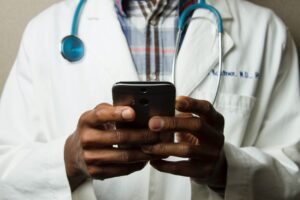
Even more mind-blowing is that in 2022, the USPSTF found melanoma was “over-diagnosed”. Let’s think for just a moment about that statement. How is a cancer over-diagnosed? Either you’ve got it or you don’t! The argument in that report was primary care physicians found while more patients were being diagnosed with early stage melanoma through routine screenings, fewer were dying of the disease. And that’s a problem? Isn’t survival something to cheer about? Did the USPSTF apply the same argument to preventive colon cancer, breast cancer or prostate cancer screenings which are much more invasive and costly? Of course not! It supports routine screening for these cancers because without question early detection of polyps, atypical moles and tumors is essential to beating all cancers.
These statements from the USPSTF complicates an already muddled message in melanoma prevention and adds to a broken system which claims lives daily such as that of my 17 year old daughter Claire Wagonhurst.
Our Claire was a beautiful 14 year old athlete and artist just beginning high school when we noticed unusual changes to a mole. She was sun safe and had been screened six months earlier by a dermatologist, but this was something new. Despite our urgency to have the changing mole removed we faced a three month wait with the promise that “kids don’t get melanoma”. Surprise! Yes they do! Because melanomas are more aggressive and invasive in young people, it had quickly surged to stage 3a at removal. We were blindsided even more so when we learned Claire’s melanoma had nothing to do with the sun.
Ultimately, Claire was diagnosed with adolescent melanoma. The short version is this; hormonal changes related to puberty caused her melanoma. The longer version; routine hormonal changes in puberty prompted the development of hypothyroidism in her body which produced excess levels of TSH hormone. Add to that she had an extreme TSH hormone receptor in a mole that had been on her ankle since birth. A research oncologist at MD Anderson found that in Claire’s case, the two components meshed to develop melanoma. Subsequently during the course of her diagnosis, every time her TSH levels became elevated, another mole would be found to be rapidly changing and need to be removed. The best preventive treatment; routine screenings every 3 months to remove any atypical moles before melanoma could set in in addition to ongoing sun safe practices. We just accepted it as a chronic condition of her life. Sadly, it became much, much more.
While living a full teenaged existence, Claire waged a three year battle of surgeries, hospitalized drug therapies and recovery therapies against what turned out to be an ultimate death sentence. All her pain, anxiety and loss would have been negated had the mole simply been biopsied and removed months earlier as we requested. If the medical profession had been fully educated about melanoma in young people. If, If, If! The system failed our darling daughter and she isn’t alone. 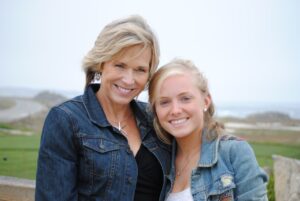
The Skin Cancer Foundation reports melanoma is the most common cancer in young adults under 30, the most common cause of cancer death in young women 25-30 years and the second most common cancer in adolescents 13 to 19 years.
Melanoma in young people is said to be at “epidemic” proportions with diagnosis up 253% in the last 40 years. Additionally, young people do not get the more treatable basal cell or squamous cell skin cancers; they only get the nasty, deadly variety; melanoma.

At the Claire Marie Foundation, we share awareness information, prevention education and host free skin screening events for adolescents in young adults in Maryland and South Carolina. Since 2016, we have screened 1,440 young people 13-29 years, finding 16% needed biopsy for suspicion of melanoma. In many cases, early stage melanomas were detected, zapped before further treatment was needed. So please, do not tell me routine skin screenings do not save lives. I’ve witnessed the victories and I have suffered the loss.
So how about this? Instead of ignoring the need for screenings due to lack of access, let’s fix our broken system. We need general practitioners such as those in the USPSTF to follow the lead of other nations by including dermatology in their training and become skilled in the screening process of dermascopy. By joining dermatologists in this expertise entirely new pathways to screenings and early detection would be created. Getting a skin screening could become as easy as a visit to the dentist. Wouldn’t that be amazing?
Remember, if you’ve got skin, you could get melanoma. Know all the facts and take every precaution. That life you save could be your own or someone you love. #livelifelikeclaire

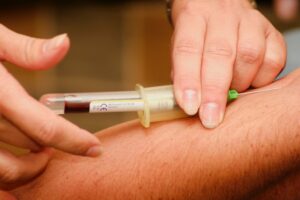



 The risk declines with maturity through adolescents and teens with the lowest risk among those diagnosed between the ages of 25 and 29.
The risk declines with maturity through adolescents and teens with the lowest risk among those diagnosed between the ages of 25 and 29.
 flight crews are exposed to an extreme amount of damaging UV while in the air. In fact, it’s so intense the study found one hour in flight equals 20 minutes in a tanning booth. Keep in mind one visit to a tanning booth can increase your risk of developing melanoma by 75%.
flight crews are exposed to an extreme amount of damaging UV while in the air. In fact, it’s so intense the study found one hour in flight equals 20 minutes in a tanning booth. Keep in mind one visit to a tanning booth can increase your risk of developing melanoma by 75%.





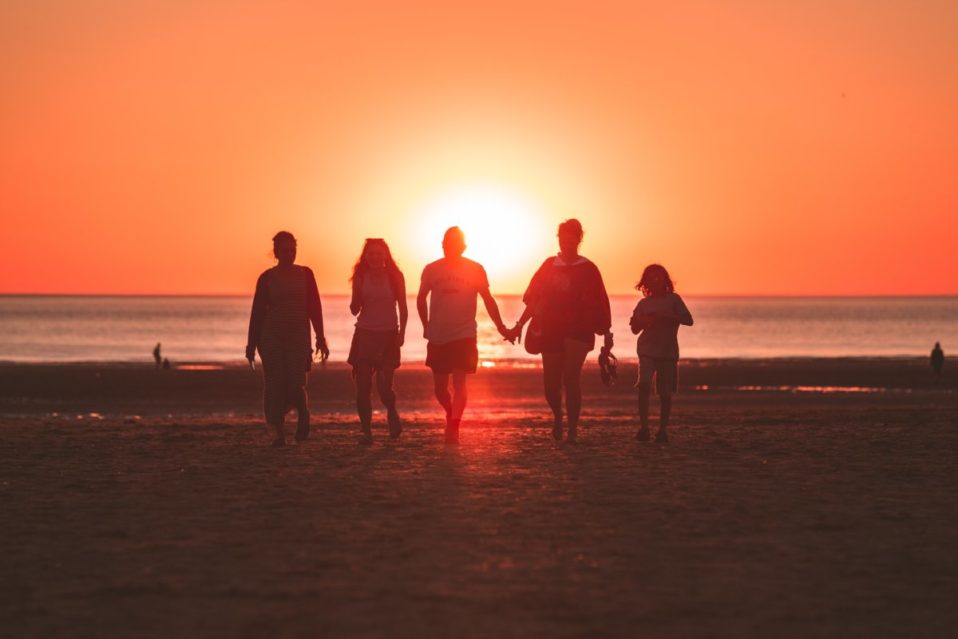
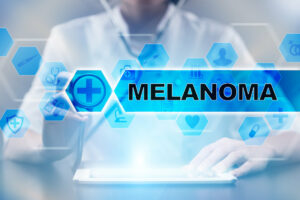
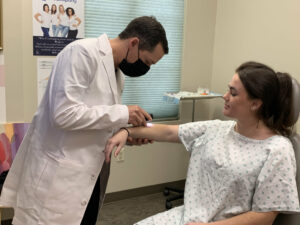

 It’s such a problem that the U.S. Department of Defense has targeted and directed 40 million dollars to melanoma research for Fiscal Year 2022.
It’s such a problem that the U.S. Department of Defense has targeted and directed 40 million dollars to melanoma research for Fiscal Year 2022.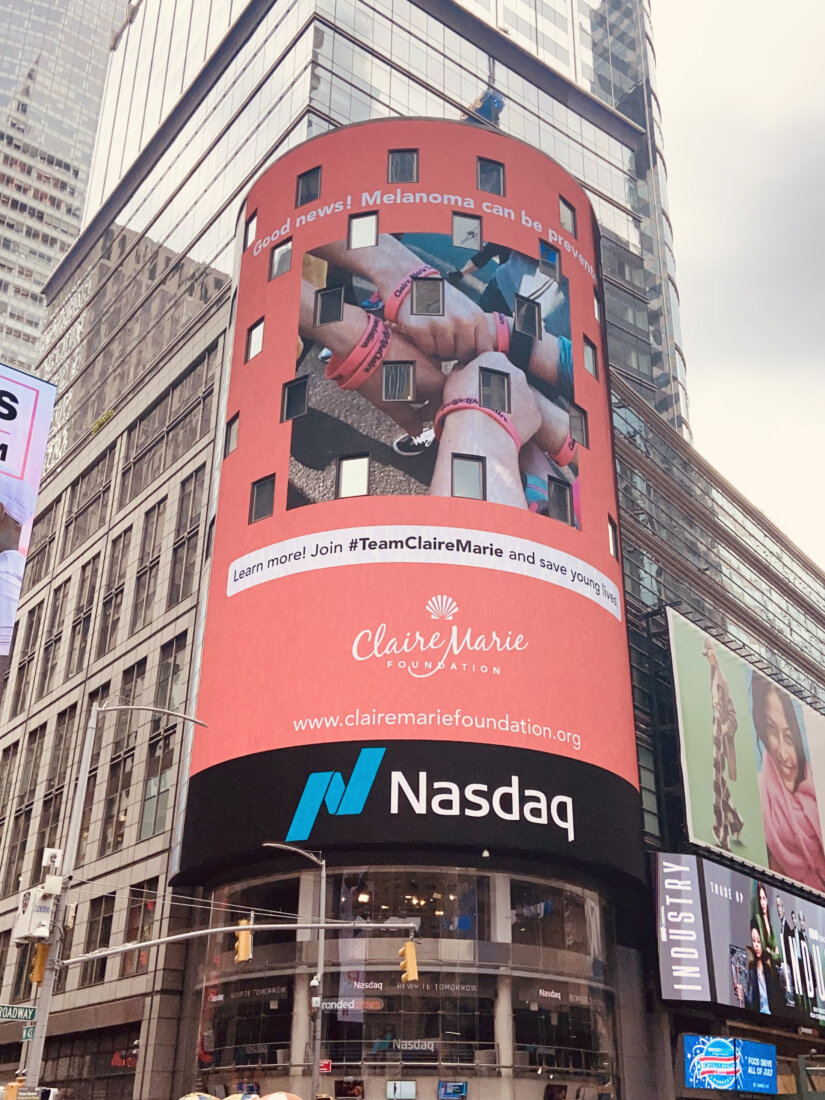
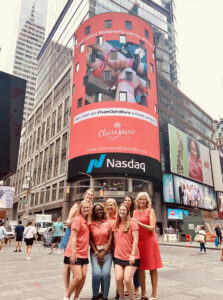 Our :15 second commercial ran 100 times in 6 hours – with 1.5 million impressions and thousands of people reached! That doesn’t even count our social media impact!
Our :15 second commercial ran 100 times in 6 hours – with 1.5 million impressions and thousands of people reached! That doesn’t even count our social media impact! Raising awareness of adolescent and young adult melanoma with the knowledge it can be prevented is the heart of CMF’s mission. We can’t imagine a better way to do it! Co-Founder CEO and Claire’s Mom, Marianne Banister, was joined in the big reveal by Claire Marie Board Members, Jaqueline Smith and Julianne Kavoussi as well as Young Professional Ambassadors Sarah Emrich, Becky Kavoussi and Collegiate Ambassadors Molly Sharpe and Anna Sharpe.
Raising awareness of adolescent and young adult melanoma with the knowledge it can be prevented is the heart of CMF’s mission. We can’t imagine a better way to do it! Co-Founder CEO and Claire’s Mom, Marianne Banister, was joined in the big reveal by Claire Marie Board Members, Jaqueline Smith and Julianne Kavoussi as well as Young Professional Ambassadors Sarah Emrich, Becky Kavoussi and Collegiate Ambassadors Molly Sharpe and Anna Sharpe.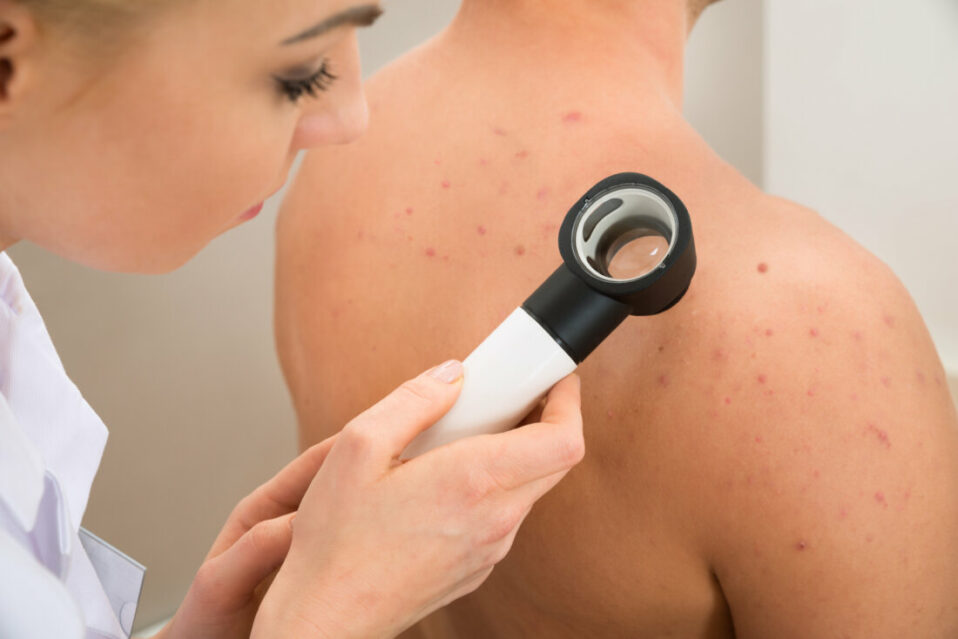
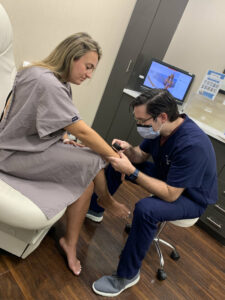
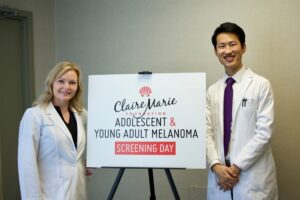 Listed below are the amazing ‘Gold Standard” dermatologists who dedicate their time and expertise to the Claire Marie Free Screening Program and meet the highest standards of care. All are listed in alphabetical order in the two cities we serve as of Fall 2022.
Listed below are the amazing ‘Gold Standard” dermatologists who dedicate their time and expertise to the Claire Marie Free Screening Program and meet the highest standards of care. All are listed in alphabetical order in the two cities we serve as of Fall 2022.

 Every year since 2015, the $5,000 award is given to a graduating senior from Claire’s alma mater, Notre Dame Preparatory School in Towson Maryland to support the recipient’s desire to study design arts in college. It was a dream of Claire’s to launch a career in interior design and we are thrilled to see other young women share the same passion and excitement. Each year, our winners are selected by an exquisite team of esteemed design professionals from across the country! They bring expertise in fine arts, theatrical, animation, interiors, fashion, photography and film. Our thanks to our CMF Scholarship Committee: Katie Fico with Walt Disney Animation Studio, Los Angeles based Interior Designer Stacey Vuduris, Theatrical Designer Timothy Swiss of Los Angeles, Photographer Susannah Dowell of Colorado, Muralist and Freelance Artist Katherine Boggs of Atlanta and Couture Designer Ella Pritsker of Maryland.
Every year since 2015, the $5,000 award is given to a graduating senior from Claire’s alma mater, Notre Dame Preparatory School in Towson Maryland to support the recipient’s desire to study design arts in college. It was a dream of Claire’s to launch a career in interior design and we are thrilled to see other young women share the same passion and excitement. Each year, our winners are selected by an exquisite team of esteemed design professionals from across the country! They bring expertise in fine arts, theatrical, animation, interiors, fashion, photography and film. Our thanks to our CMF Scholarship Committee: Katie Fico with Walt Disney Animation Studio, Los Angeles based Interior Designer Stacey Vuduris, Theatrical Designer Timothy Swiss of Los Angeles, Photographer Susannah Dowell of Colorado, Muralist and Freelance Artist Katherine Boggs of Atlanta and Couture Designer Ella Pritsker of Maryland.


